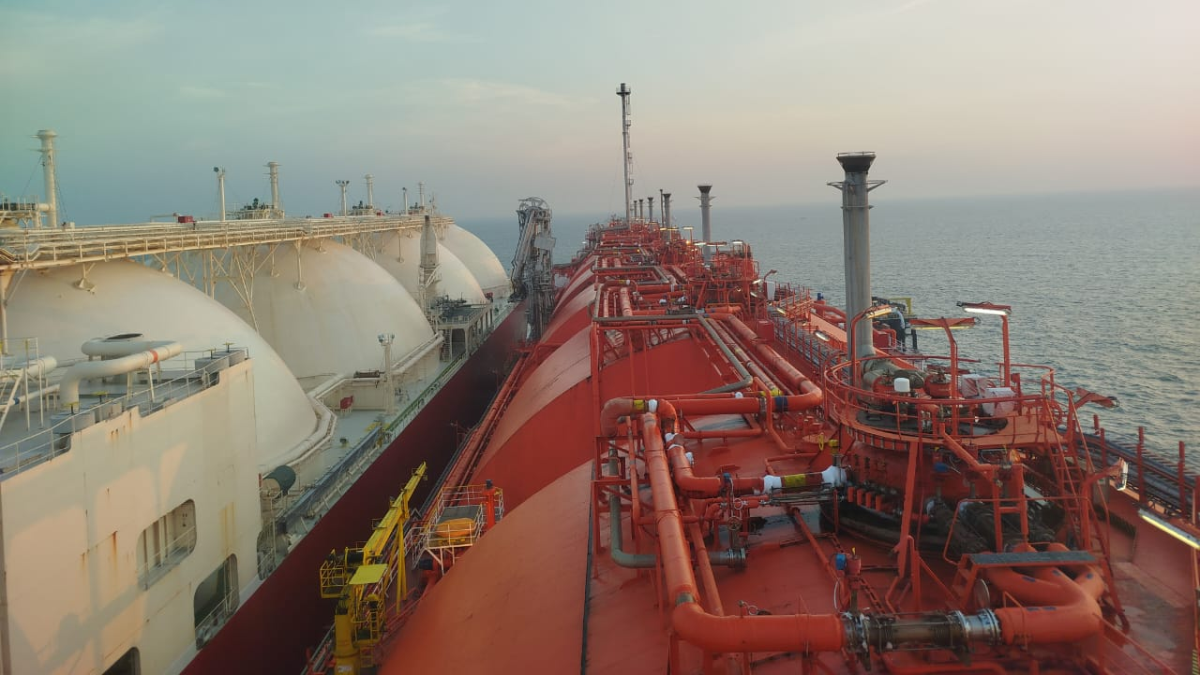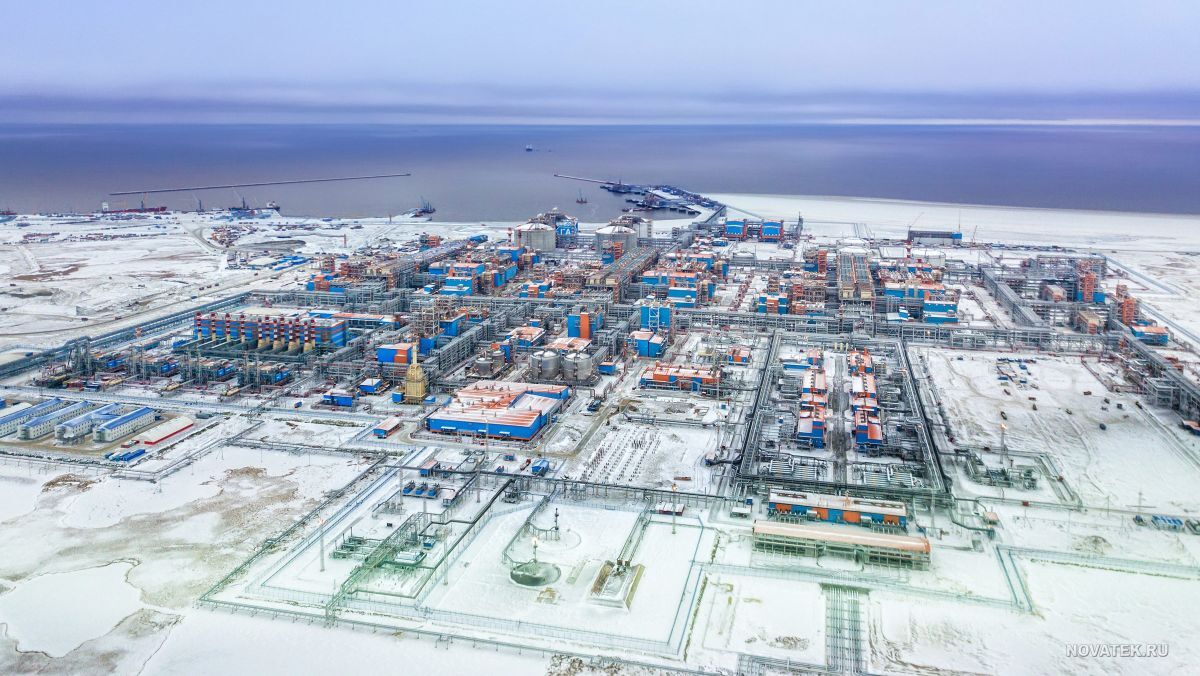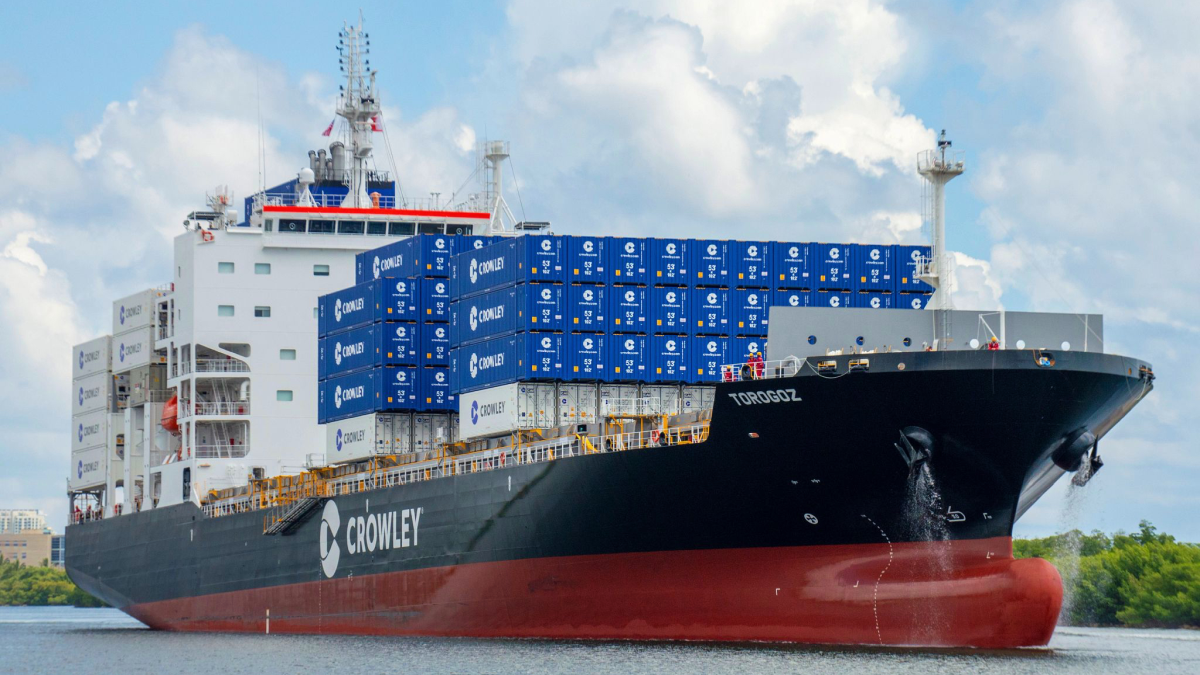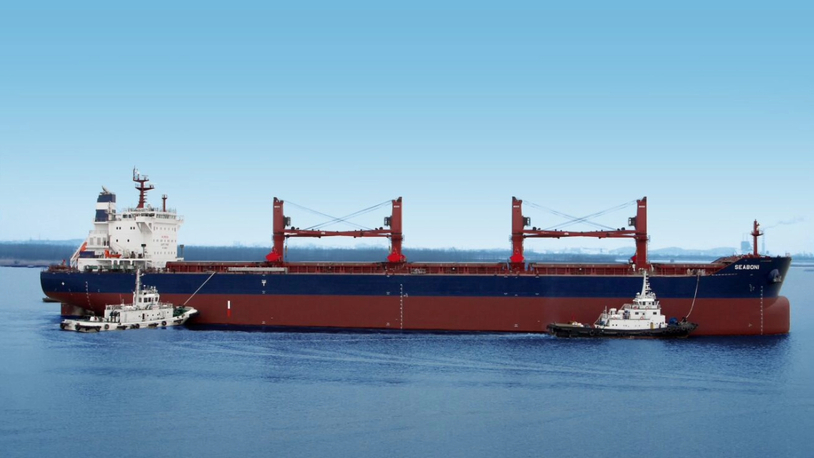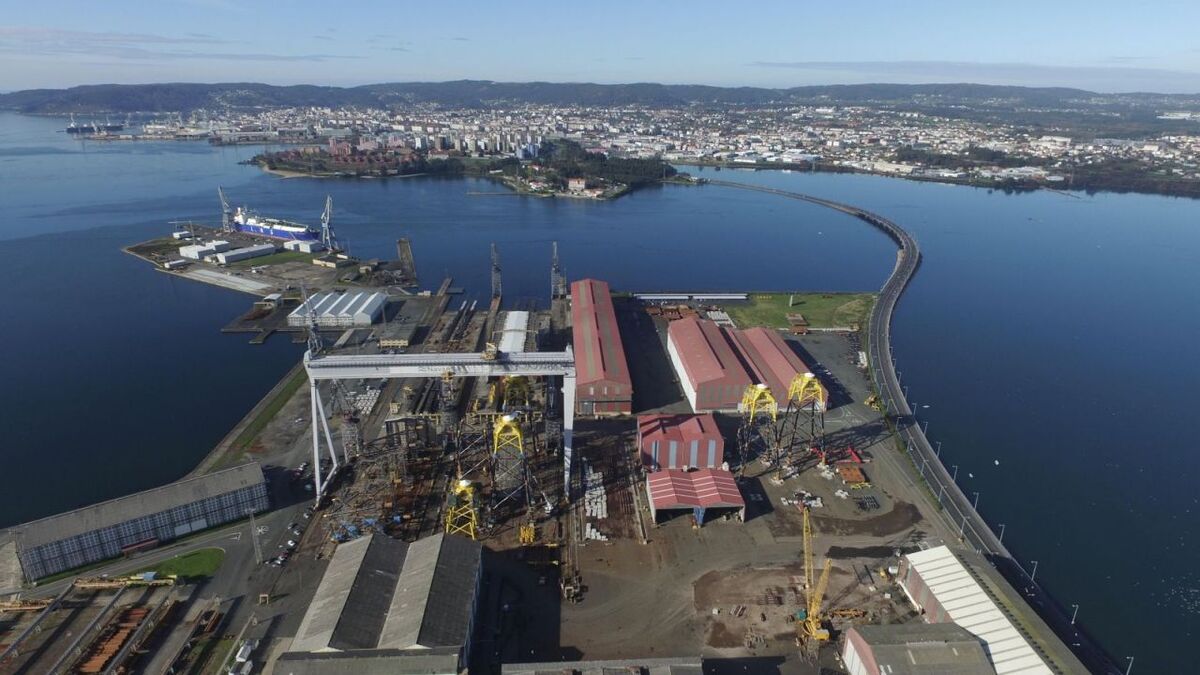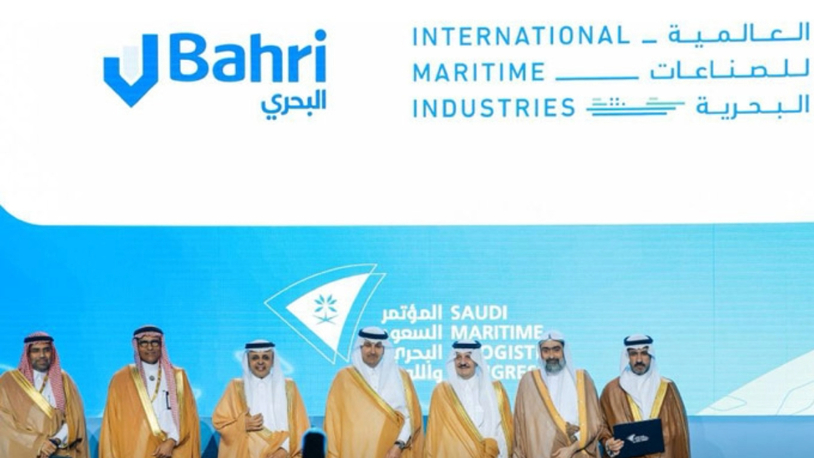Business Sectors
Events
Contents
Register to read more articles.
Capacity–demand divergence will drive LNG shipping transformation
IGU, IEA and Rystad Energy forecasts -- from fleet orders to trade-lane shifts by 2030 -- point to a new era in LNG shipping
A projection of 270bn m³ of liquefaction capacity by 2030 is prompting shipowners to order newbuild LNG carriers, rethink trade lanes and adjust charter structures.
The International Gas Union’s 2025 Global Gas Report projects that 270bn m³ of liquefaction capacity is approved or under construction for commissioning by 2030, even as actual global gas demand growth since 2015 has averaged 1.7% annually – outpacing the 1.3% – 1.5% projected by leading scenario pathways. This divergence between capacity build-out and forecast demand will force a transformation in LNG shipping, with implications for vessel ordering, routing strategies and commercial structures through to the end of the decade.
Forecast landscape and capacity pipeline
Approved projects in the United States, Qatar and Australia will collectively add around 270Bn m³ of capacity by 2030, equivalent to the output of over 50, 175,000-m³ carriers per year. In the United States alone, developments such as Cameron LNG Train 4 and Port Arthur 2 will progressively come online between 2026 and 2029, contributing roughly 40Bn m³ of incremental throughput. Qatar’s North Field South expansion is scheduled to deliver 32Bn m³ by 2027, while Australia’s Scarborough and Browse fields will add a further 28Bn m³ by 2028.
“These projects imply a sustained order run-rate of 20 – 30 LNG carriers per year from 2025 to 2030”
Demand projections diverge markedly. The IEA’s Stated Policies and Announced Pledges scenarios envisage gas consumption rising by 1.3% and 1.5% annually to 2030 respectively, reaching 3,700 – 3,800Bn m³. A simple historical trendline – excluding the volatility of 2020–21–suggests growth of 1.8%, which would take demand towards 3,900Bn m³ by 2030. If realised, this higher-growth case would absorb much of the new liquefaction capacity, but any slip towards the lower scenarios could yield a surplus, pressuring freight markets and charter rates.
Fleet composition and newbuilding imperatives
The report’s pre-final investment decision outlook for United States projects indicates cumulative output moving towards 100Bn cbm by 2050, with mid-scale schemes accounting for nearly 60% of total planned capacity. The commissioning schedules of these projects imply a sustained order run-rate of 20 – 30 LNG carriers per year from 2025 to 2030. This requirement will be split between large tonnage – 180,000-m³ Q-Flex and Q-Max types – for long-haul trades, and smaller 100,000-m³ vessels to serve flexible, short-haul markets such as small-scale distribution and bunkering.
Regulatory drivers further shape newbuild specifications. IMO’s 2030 carbon-intensity targets will compel dual-fuel propulsion systems, battery-hybrid auxiliary power and hull optimisations. Shipowners placing orders in 2025–26 must balance the economies of scale offered by mega-vessels against the versatility and emission compliance of mid-scale designs.
Trade-route realignments and chokepoint pressures
Global trade-flow dynamics will shift as new export hubs in the US Gulf and East Africa enter the market. The Panama Canal, an important link between the Atlantic and Pacific basins, faced drought-induced constraints, with reduced water levels limiting daily vessel transits. These disruptions led LNG vessels to avoid both the Suez and Panama canals, opting for the longer but more reliable Cape of Good Hope route. The resulting increase in tonne-miles is likely to exert downward pressure on time-charter rates, particularly during seasonal restocking periods.
Europe’s repeated “dunkelflaute” events in late autumn and winter – periods of low winds and limited sunlight that lead to reduced renewable power generation – necessitated ramp-ups in gas-fired power and fresh LNG imports. These factors underscore the need for flexible shipping capacity and reinforce seasonal freight peaks despite an overall surplus of tonnage.
Commercial models and decarbonisation imperatives
The report forecasts the spot-market share of global LNG trade rising from roughly 15% today to 25% by 2030. This shift reflects charterers’ preference for destination flexibility and price-linkage in response to tariff volatility and potential oversupply. Hybrid sale-and-purchase agreements, combining fixed-price volumes with spot-priced optional cargoes, will become prevalent, altering cash-flow profiles for both sellers and vessel operators.
“Report forecasts the spot-market share of global LNG trade rising from roughly 15% today to 25% by 2030”
Decarbonisation imperatives intersect with commercial strategy. Emerging methane-intensity regulations under the EU’s Corporate Sustainability Reporting Directive and Carbon Border Adjustment Mechanism will extend emissions reporting to maritime carriers. Anticipating future charterer demands, shipowners must consider retrofits for ammonia-capable fuel systems or biomethane-ready tanks. Investment in CCUS-enabled liquefaction trains and supporting infrastructure also signals opportunities for carriers to partner on low-carbon cargo corridors.
Conclusion and strategic implications
IGU’s capacity pipelines and demand scenarios frame a dual-case outlook: a high-demand scenario that absorbs new tonnage and sustains freight rates, and a policy-constrained pathway that yields surplus capacity and depressed time-charter levels. Vessel owners must calibrate newbuild timing and design choices to navigate these outcomes. Charterers and traders should refine contract tenors, freight-derivative strategies and routing flexibility. Terminal operators and financiers must align infrastructure investments with regulatory trajectories and the pace of liquefaction commissioning to avoid stranded assets and ensure resilient supply chains through 2030.
Riviera’s LNG Shipping & Terminals Conference will be held in London on 21-22 October 2025. Use this link to register your interest and attend the event.
Related to this Story
Events
Offshore Support Journal Conference, Americas 2025
LNG Shipping & Terminals Conference 2025
Vessel Optimisation Webinar Week
© 2024 Riviera Maritime Media Ltd.






